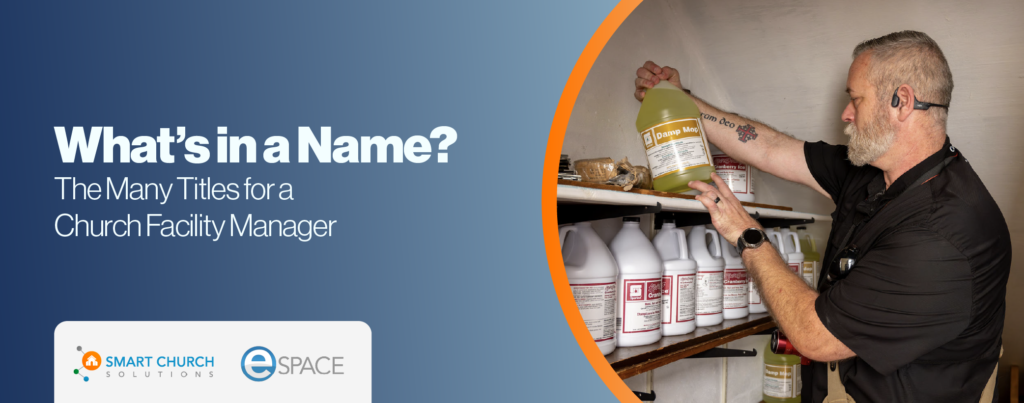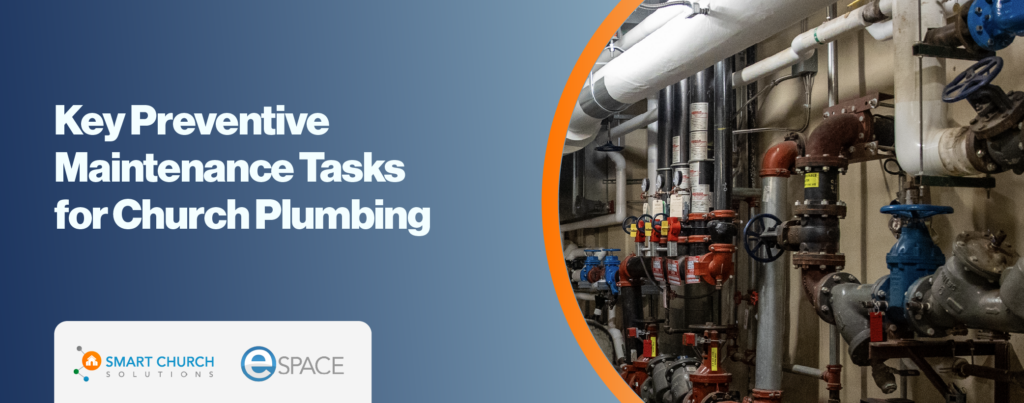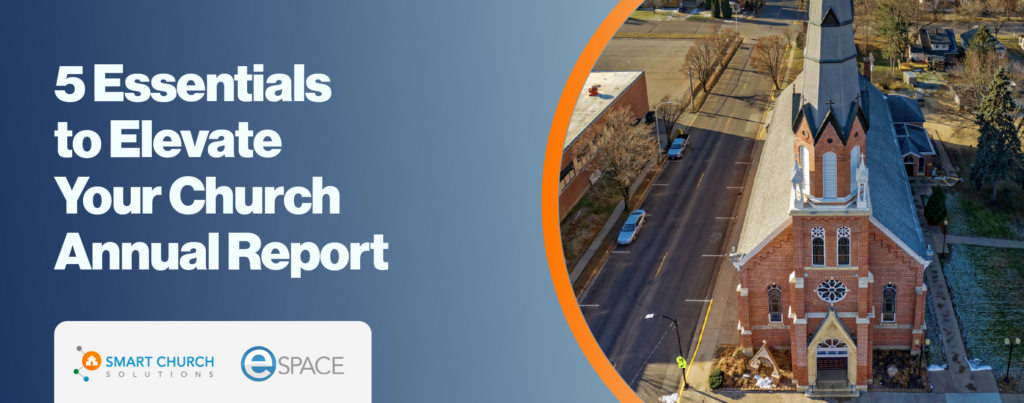If you’ve been involved in church ministry for any length of time, you know how important it is to have a well-planned church budget. No matter how small or large your ministry, winging it just isn’t an option when it comes to the budget. There are too many horror stories about churches or individuals within churches misusing funds. And after all, we are called to be stewards of the funds, buildings and facilities God (and our congregations) have entrusted to us.
But when it comes to church facility budgeting, many churches overlook needed funding areas. As we work with churches to improve their budgets and their facility’s plans, we see this time and time again.
With that in mind, here are three areas that must be included in your church budget but that many churches overlook:
Don’t Forget About Deferred Maintenance
Across the country in civic structures of all sorts, deferred maintenance is a massive problem.
What is deferred maintenance?
It’s a category for any known maintenance need that gets pushed off or deferred, to another church budget year. Usually, the goal is to push off costs, delaying them until a future point (and future church budget year).
Deferred maintenance can take on any number of forms at your church. You may defer sealing the cracks in your parking lot, trimming trees, fixing the roof or servicing the HVAC system, to give a few examples.
The dangers of deferred maintenance are twofold. First, every time you defer maintenance, you run the risk of the eventual fix or repair costing even more. Sealing parking lot cracks costs money, but resurfacing the entire lot (because the cracks are too widespread) costs a lot more. The same goes for trimming trees: you’ll spend a lot more dealing with a limb falling on a building than you would’ve spent on regular maintenance. And certainly, the costs of major water damage from a leaky roof or a complete HVAC system failure are astronomical compared to regular maintenance costs.
How severe are the costs? One industry expert estimates that they are fourfold: “Every $1 in deferred maintenance costs $4 of capital renewal needs in the future.” We know that church facility budgeting is tight, but consider whether a planned $1 investment now is a better stewardship choice than a $4 emergency fix later.
The second danger might be even more pernicious. Every time you defer maintenance to the next budget year, you must budget for that maintenance in the coming year. If you don’t, there won’t be any money for it next year, either. You’ll get trapped in a deferred maintenance feedback loop until the thing breaks down or fails, putting you back to the previous problem.
So what’s our recommendation? Avoid deferred maintenance wherever possible by having a sufficient capital reserve (see next point). And when you must defer, be absolutely sure you include funds in next year’s budget for all deferred maintenance in the current budget year.
Make Sure You’re Building Your Capital Reserve
One common mistake in church facility budgeting is to consider only maintenance and to treat capital projects as special fundraising opportunities. We’ll come back to the problem with doing capital projects that way in the next point, but even at this, an entire category is missing. A church budget that considers only church maintenance costs misses an obvious reality: things and buildings don’t just need fixing when they break. Eventually, they need replacing. This is where capital reserve church finances come into play.
Your capital reserve fund is the fund that allows you to make necessary replacements over time. Going back to our HVAC illustration, we’d love to tell you that with regular, scheduled maintenance, your current commercial HVAC system will last forever but that’s just not true.
Eventually, your commercial HVAC system will reach its end of life. You’ll need to replace it, and your maintenance budget won’t be enough.
Another term for this aspect of budgeting is life-cycle planning. Much of the equipment in your facility has an estimated life cycle. Create a line-item budget for all such items to get an idea of what your yearly funding goals for your capital reserve fund should be. And don’t forget the buildings in this equation. Modern buildings may have long life cycles, but at some point, at least a major renovation will be necessary simply to continue functioning as normal.
If you’re not in a place where you can produce a thorough line-item budget for your capital reserve fund, we can offer you a working estimate. Generally, we’ve found that a church should set aside between $1 and $3 per square foot of building, per year, into their capital reserve fund.
If this figure seems high to you, you’re not alone. For most facilities, the ongoing operational costs are the real sticker shock— not the initial building costs. And it’s the ongoing operational costs, including capital reserve costs, that churches fail to plan for in their church facilities budgeting.
Overwhelmed at the prospect of building a life cycle line-item budget? Use our Life Cycle Calculator to get the ball rolling!
Capital Projects Require Planning and Budgeting
The last area where we see churches failing to plan with their church facilities budgeting is the capital projects domain. We’re using this term to describe out-of-the-ordinary facilities funding needs, like a major renovation, a brand-new sanctuary or fellowship hall, or a building expansion.
Here’s the thing: while these sorts of expenses are out of the ordinary, they aren’t unexpected if your ministry is healthy and growing.
So don’t wait until you have building needs to start considering funding. We’ve all lived through a few too many hokey church fundraising initiatives, from giant red thermometers on the wall to “Batter Up Sunday” or some such nonsense. We’re not saying there’s no place for that sort of thing, but we are saying there’s a better way.
If you’re planning on growth, then plan for growth by budgeting for at least part of your capital projects fund. And don’t dip into this fund for typical maintenance needs, light painting and replacing lights. Those should come from the general maintenance fund or (if more expensive) the capital reserve fund, not the capital projects fund.
Wrapping Up
By adequately planning and budgeting in these three areas, you’ll gain a better handle on your ongoing budgeting needs. But doing so effectively requires the right tools. At Smart Church Solutions we equip churches to function well, including in the area of facilities management and budgeting. Want to learn more? Download The Four Buckets of Church Facility Budgeting today!








